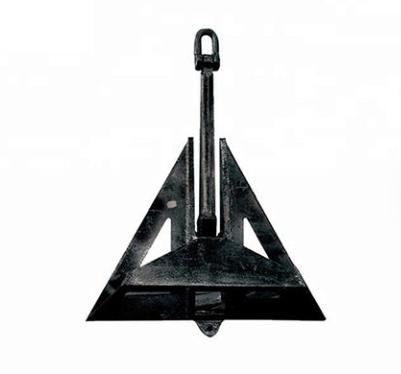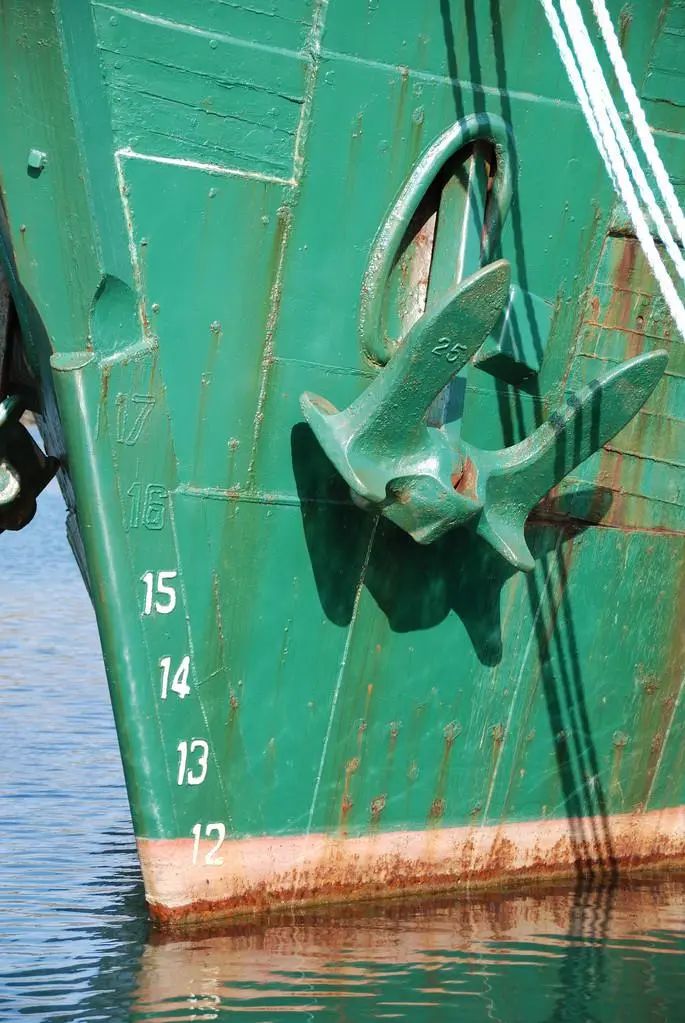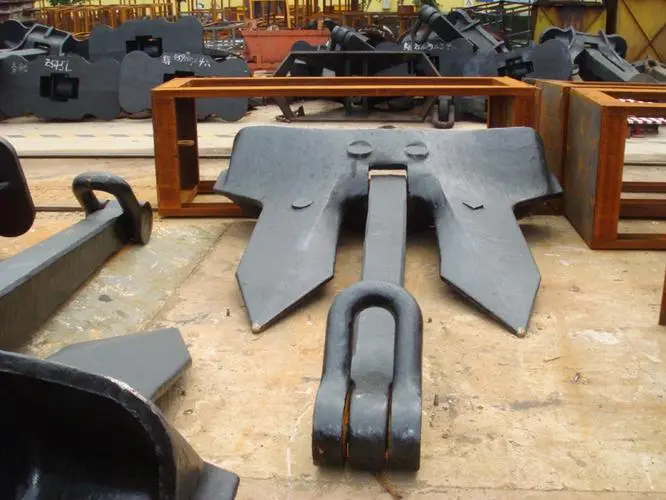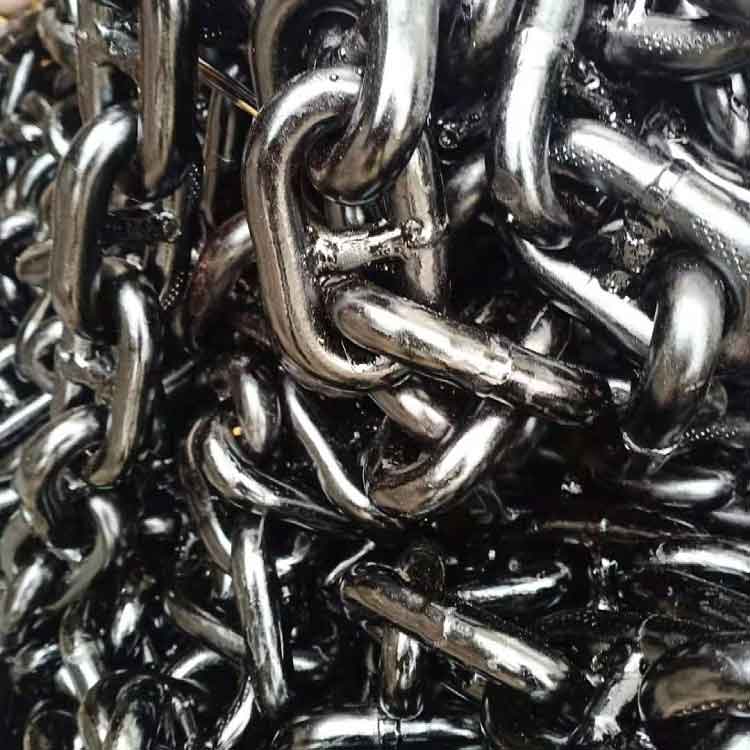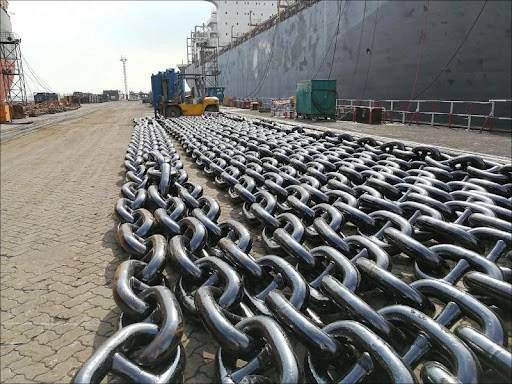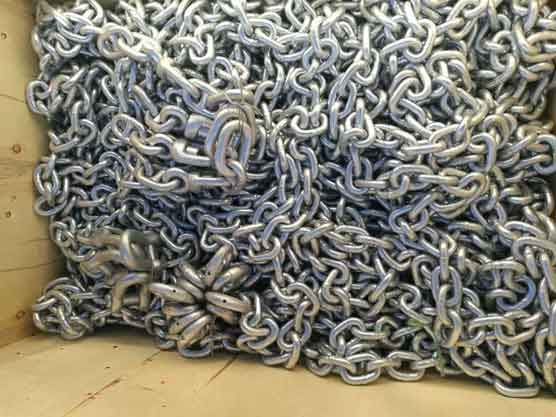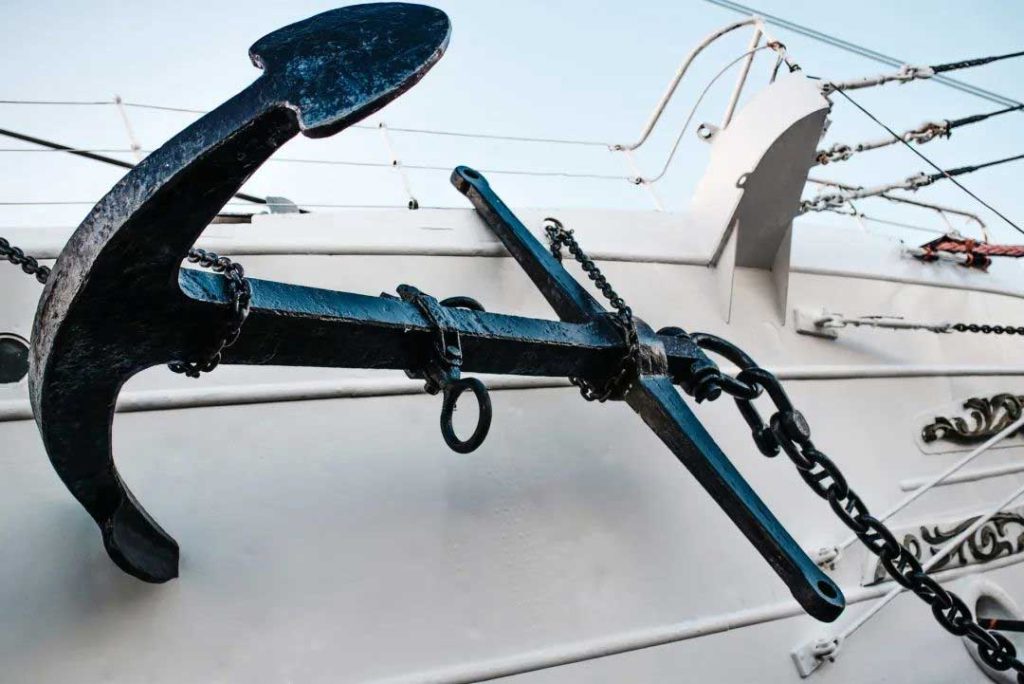In order to give full play to the emergency role of anchor equipment in the safe operation of ships, when the ship is sailing in complex waters, especially when entering and leaving ports, anchorages, waterways, berthing and unberthing navigation operations, in order to prevent accidents, such as the sudden stop of the main engine, accidents or reduce accident losses, it is necessary to prepare double anchors in time according to regulations and safety requirements, so that when emergency needs arise, double anchors must be prepared in time to drop.
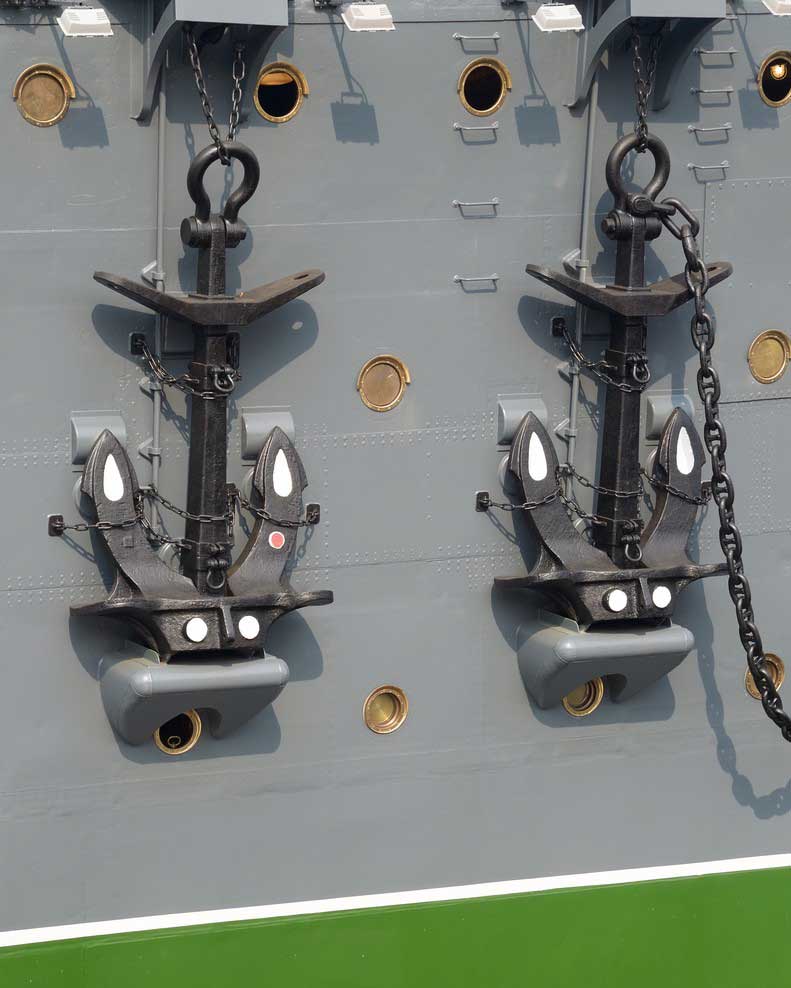
The Common Urgency Might Happen When Sailing
When the ship is out of control due to the failure of the steering gear or the main engine, the first consideration should be to drop anchor in the nearest safe water area to avoid accidents such as collision and grounding. The timing and method of this emergency anchoring request are more particular, because the loss of control of the ship usually occurs suddenly without any warning, which often catches the ship operator by surprise. Therefore, it is crucial to keep a cool head at this time, and the manipulator should decide according to the actual situation of the ship. In the event of an emergency breakdown, the short anchor should be dropped as quickly as possible, and the chain should be loosened to the required chain length at one time (generally 2 times the water depth), and the anchor chain should be released at the moment when the anchor chain is not stressed. If the anchor chain is tightly braked, the ship will drag the anchor and sail to restrain the remaining speed of the ship, and finally stop the ship. If the anchor chain is not fully braked before the force is applied, once the anchor chain starts to slip out, it is often difficult to stabilize it again, and even all the anchor chains will run out, burn the brake belt, damage the windlass and other accidents.
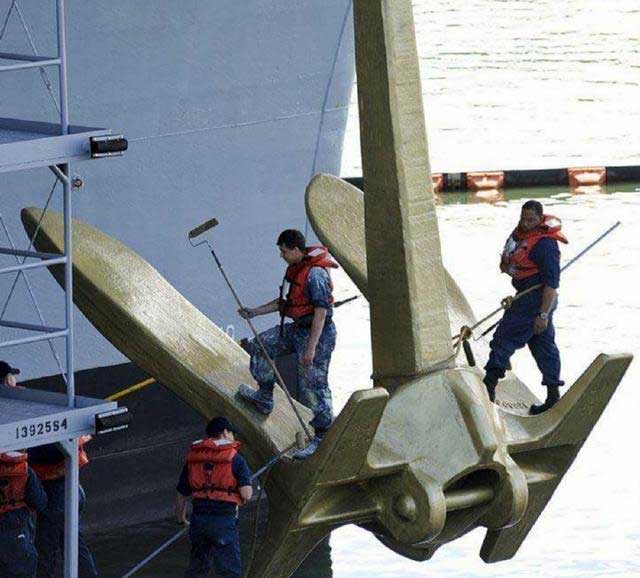
How to Estimate the Location of Anchor?
Therefore, in order to safely throw the anchor down and achieve the goal, we must carefully observe the surrounding environment, and decide the anchor strategy according to the actual speed, draft, tonnage and sediment of the ship. The usual practice is that when the short chain breaks down and brakes, the required chain length should be thrown at one time, and then braked immediately. At the same time, when the inertial forward ship uses emergency anchoring to brake the “brake”, the dragging distance can be estimated by the following formula:
S=(m+mx)vo2/2(Rm+Pm)
- S: drag anchor drift distance;
- m+mx: the mass of the ship in the forward direction;
- vo: initial speed of the ship;
- Rm: the average hull resistance when the ship is stopped;
- Pm: The average anchor holding force when the ship is stopped (average drag anchor resistance = 2 times the anchor weight).
Two Ways of Anchor Usage to Keep In Mind
1. If the anchor is lost while anchoring, another anchor should be added immediately
In anchorages with turbulent water and unsatisfactory bottom quality, or in bad weather such as strong wind and waves, the captain must be highly vigilant for the occurrence of anchor walking, instruct the pilot on duty to strengthen the anchoring duty, and in the daily “Night Sailing Order” Inform the driver on duty of the danger of anchor loss and the emergency measures that must be taken when anchor loss occurs, and urge them to strengthen anchor observation during the duty period. When it is found that the anchor is gone and the main engine is not ready for use at the moment, the officer on duty should immediately add another anchor and bring it with force, and at the same time immediately report to the master and the nearby anchored ships. At this time, the captain should carefully and comprehensively analyze the relevant conditions, and can appropriately loosen the anchor chain and the motor car to help the anchor to stabilize the safe position as soon as possible, but should avoid blindly and immediately moving the anchor, especially in strong wind and waves Lessons from accidents caused by loss of ship control. After comprehensive analysis and on-site observation, if the anchorage situation is safe and feasible at this time, the anchor should be hoisted immediately and the motor vehicle should be driven to a safe water area to re-anchor.
2. Use anchor-assist winches and fenders to ensure safety in narrow waterways
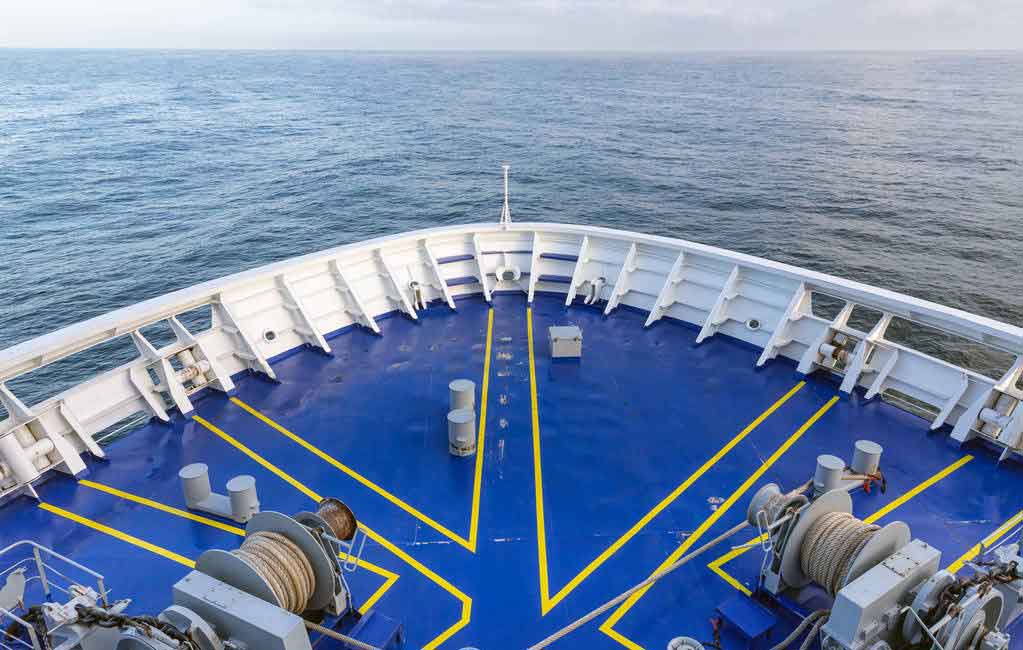
When the ship is navigating in the narrow channel, due to the interaction between the ship and the quay wall or the close encounter with other ships and the shallow water depth, etc., it is easy to suddenly deflect or avoid other ships during the navigation in the narrow channel. When the ship does not turn or encounters a big turn, the ship suction or shore wall effect may occur, so that the accident of collision or hitting a reef threatens the safety of the ship. Take emergency measures to break down immediately and decisively to assist the winch and fender to avoid accidents. Therefore, sailing with anchors in narrow waterways is not only one of the necessary safety measures, but also a manifestation of making full use of good boating skills.
Conclusion
In a word, the anchor plays a vital role in ship maneuvering and safety, and is one of the three elements of “winch, fender and anchor” in the captain’s control of the ship. And ships entering and leaving the port, turning around, leaving the dock, resisting typhoons, etc. are all inseparable from anchors. As the captain of a ship, the captain must be more familiar with the characteristics and uses of anchors, and be able to master the timing and methods of operating anchors and emergency anchors in order to ensure the safety of the ship.
Boomarine is a professional marine products supplier, we provide marine anchors, fenders, buoys, etc. Our products are all of good quality.

